Emily Lakdawalla • Jun 04, 2012
Artist's views of a night sky transformed by a galaxy merger
Last week, in the aftermath of the triumphal return of Dragon to Earth, there was a press briefing on quite a different topic altogether. It concerned three papers published in the Astrophysical Journal about a painstaking measurement of the proper motion of the Andromeda galaxy using Hubble data sets taken five or seven years apart. Andromeda, otherwise known as M31, is among our nearest neighbors, "only" 2.5 million light-years away. Its line-of-sight speed has been known for a long time (from Doppler measurements), but until now we didn't know whether its actual direction of motion is more toward us or more tangential to us.
The answer: Andromeda is coming at us, and will "collide" with the Milky Way in about four billion years. I put the word "collide" in quotes because while the collision will have a dramatic effect on the appearance of both galaxies, physical encounters between stars (and the planets they contain) will be really rare, because there is so much empty space between stars. Our solar system will most likely be unaffected by the collision, and will be having greater problems at that time due to our Sun's behavior; that's roughly the same time it's estimated that the Sun will expand into a red giant.
I find the introductions to the three papers to be very readable; you can download them from this link on author Roeland van der Marel's web page. But the reason I'm posting about it has to do with the illustrations included with the Space Telescope Science Institute press release on these articles. They show a progression of how a (very dark) night sky would appear to Earthlings as the collision progresses. I have always been fascinated by the kinds of changes that landscapes undergo, with the perspective of geologic time scales. This changing stellar landscape is equally fascinating. So here are eight illustrations of that changing sky. While I suggest you click to enlarge them to their full glamour, be warned that the links are to PNG-formatted images ranging in size from 11 to 16 MB. Alternatively, you can download all eight as a zip file here (107 MB!)
Also: I turned one of the images into an eCard for this week, which you can send from the link on our home page.
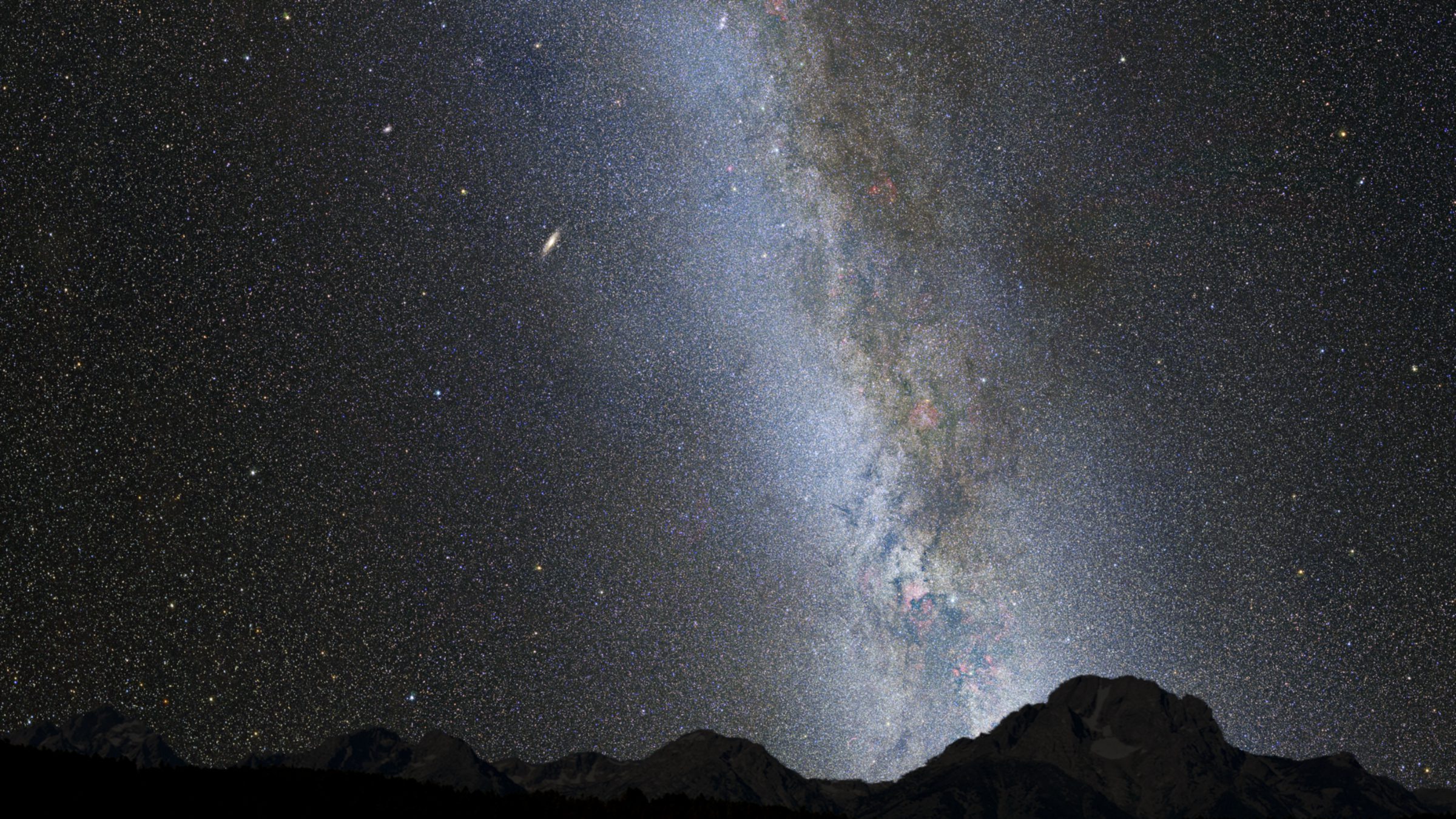
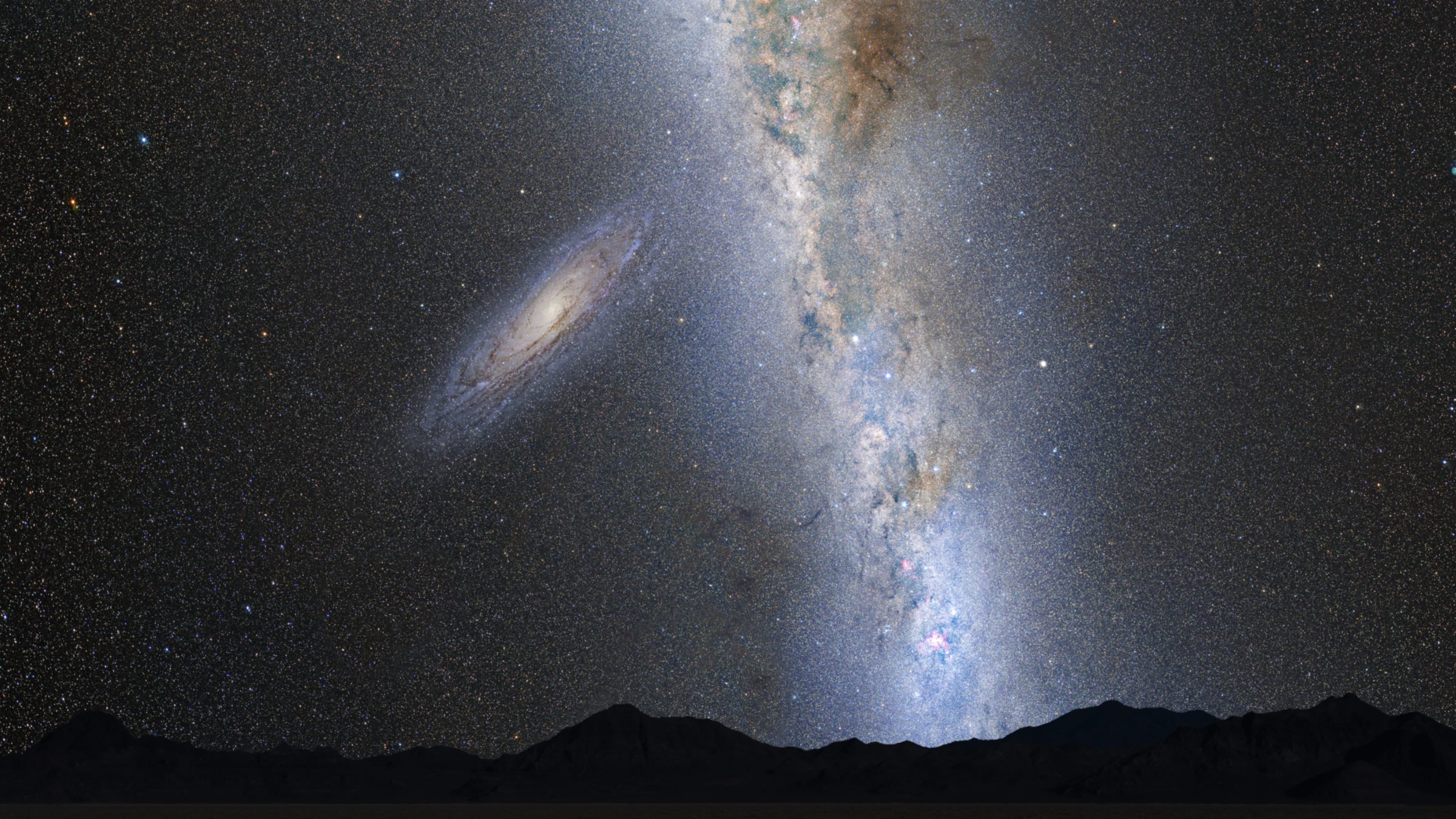
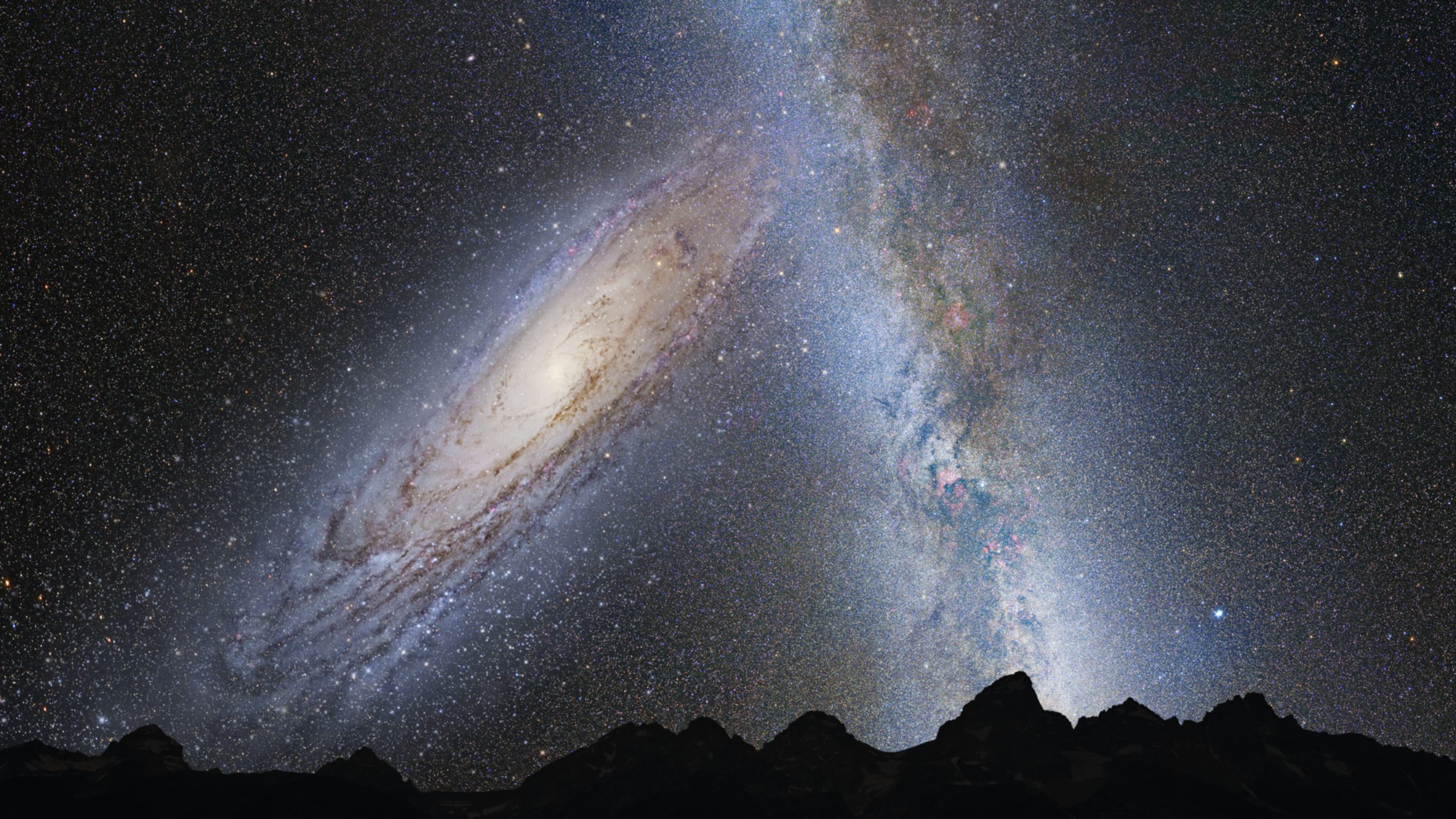
The next two images are from the same future time; they're just different kinds of views.
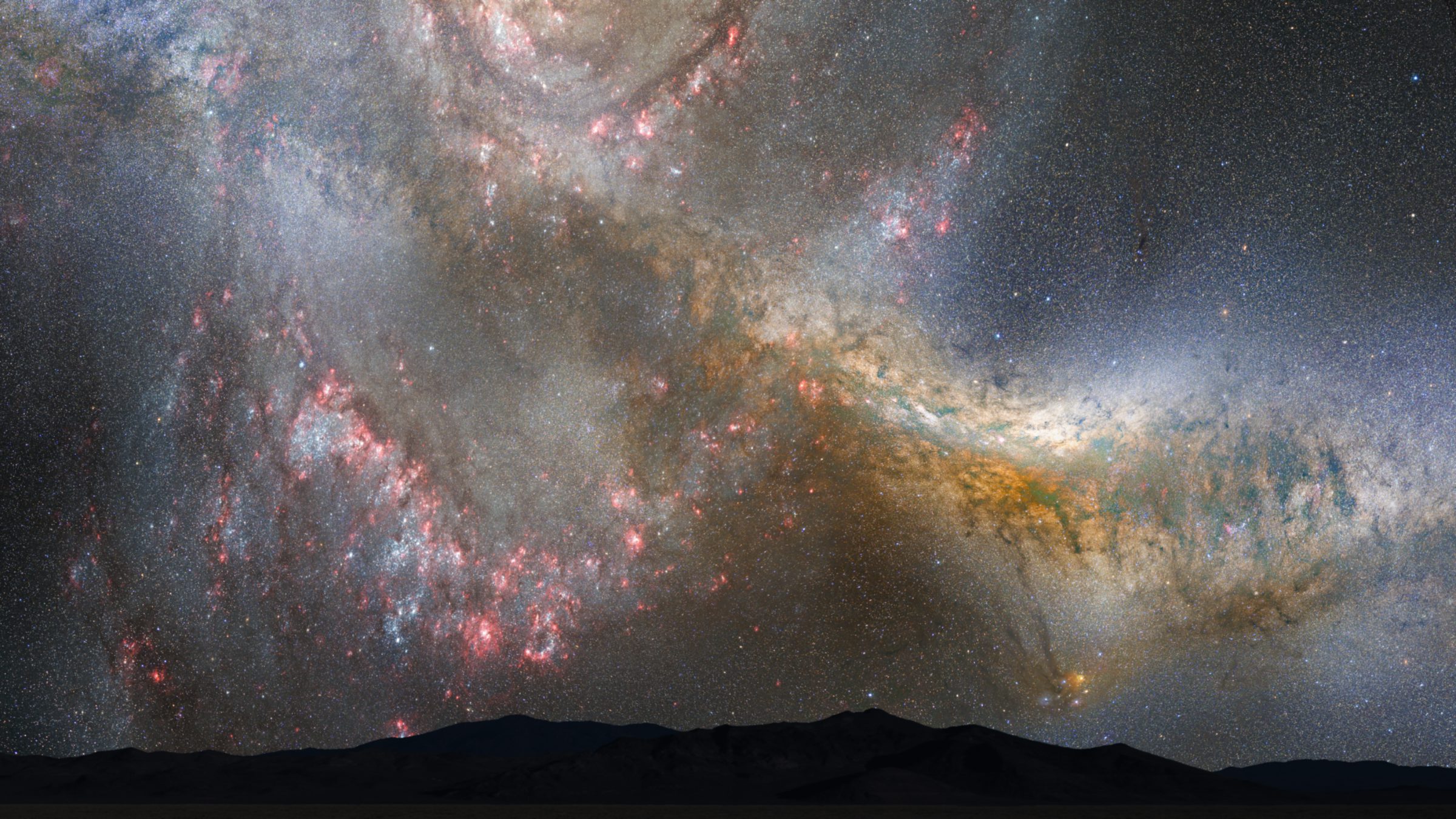
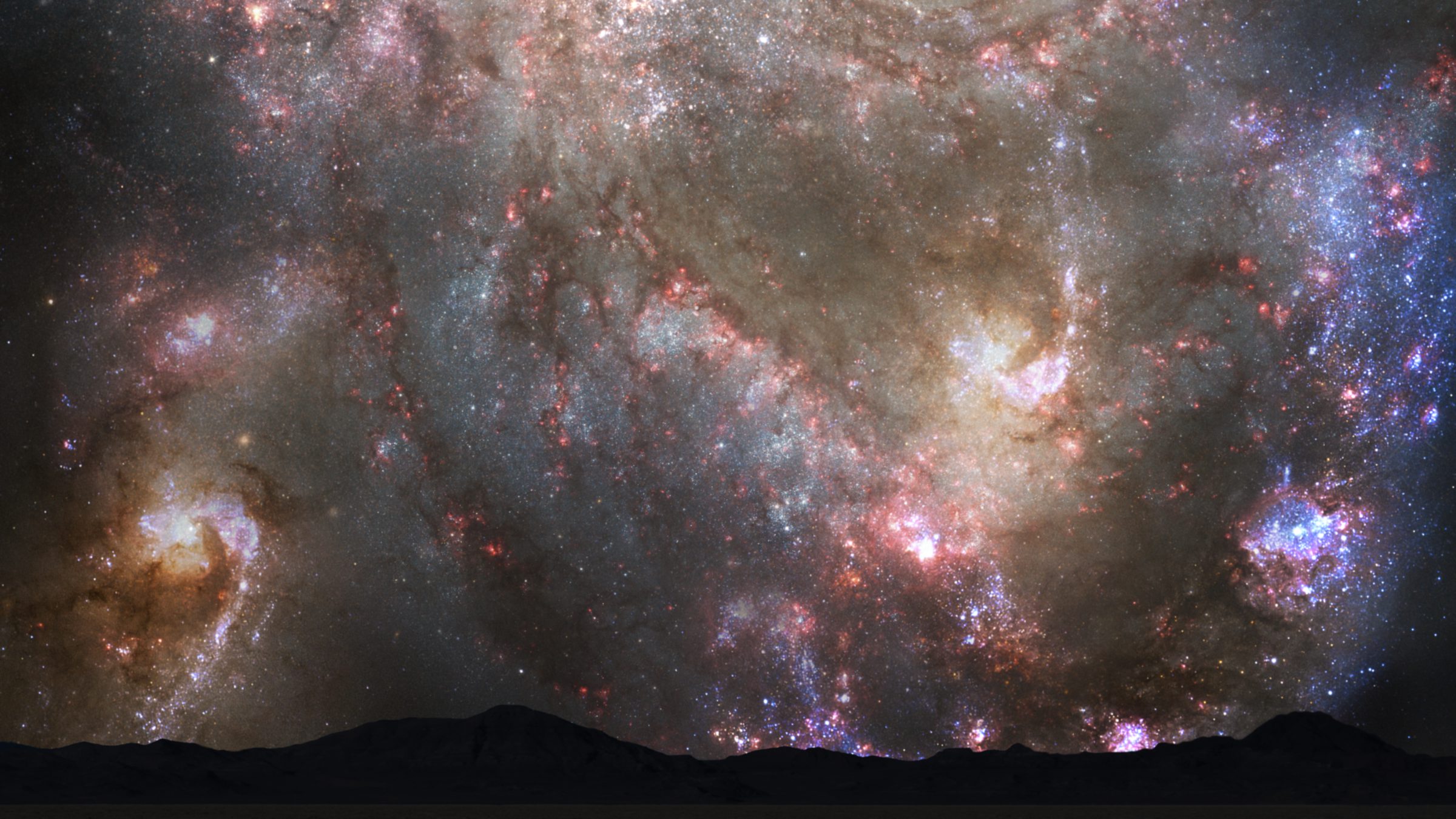
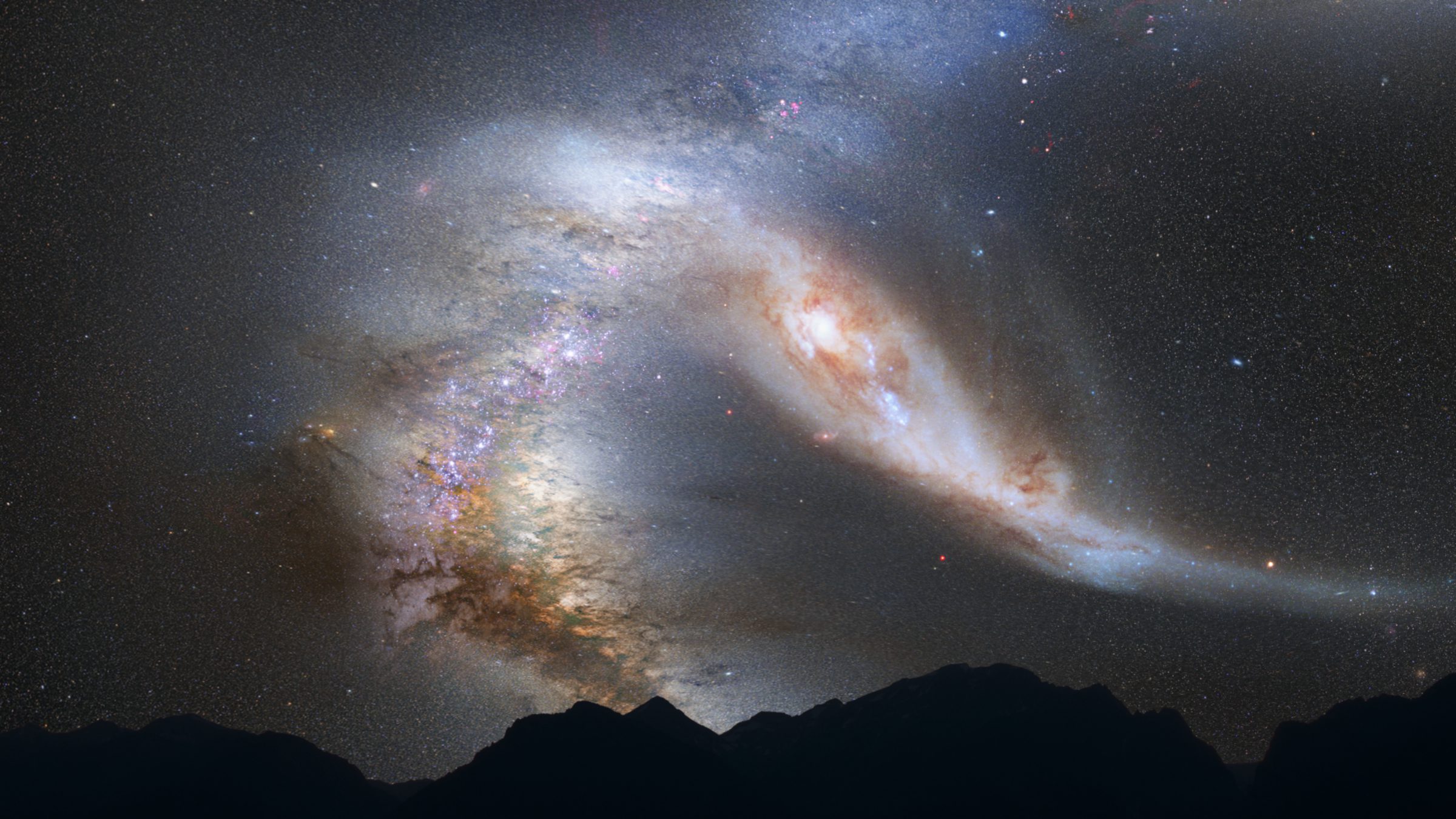
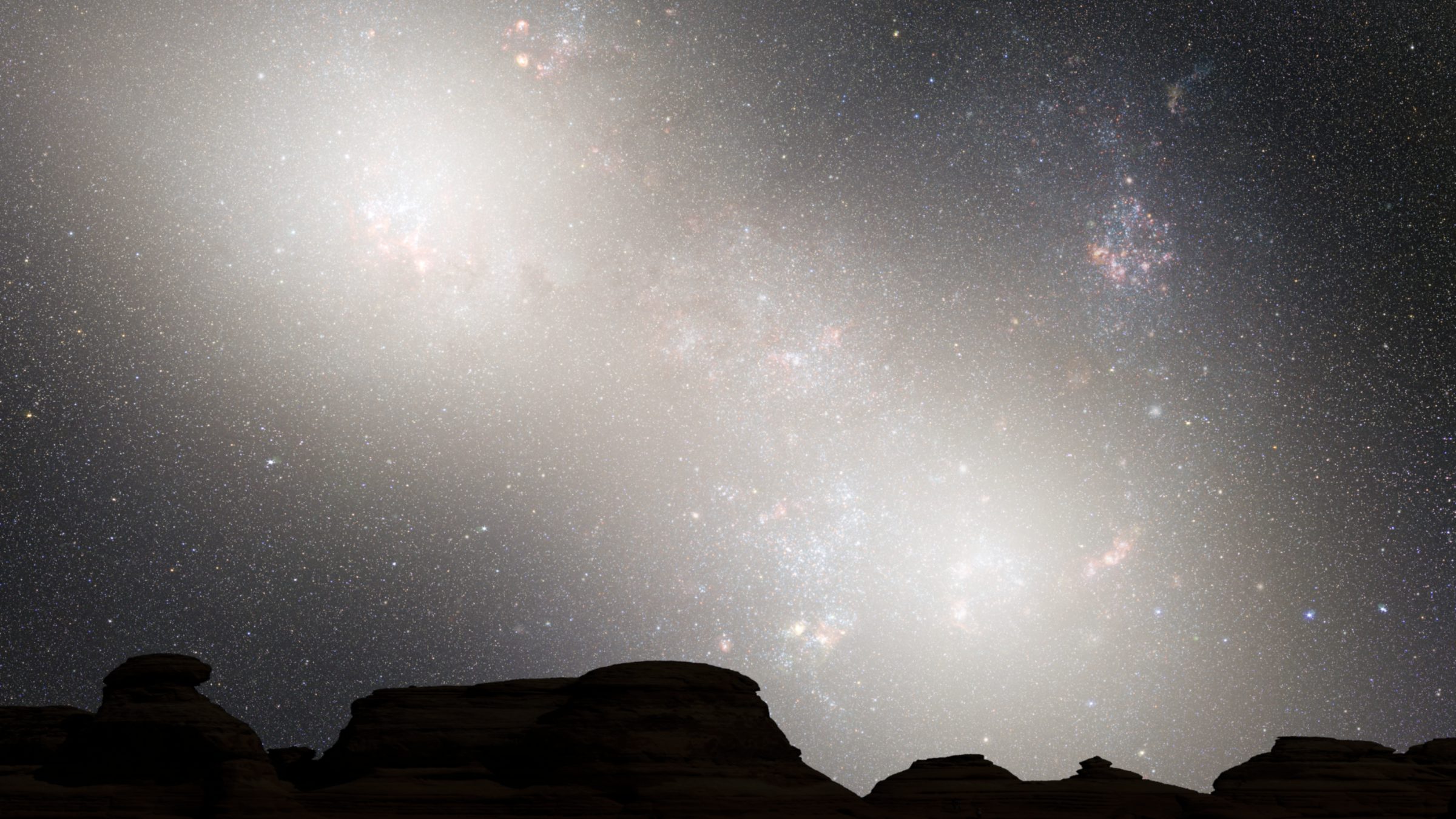
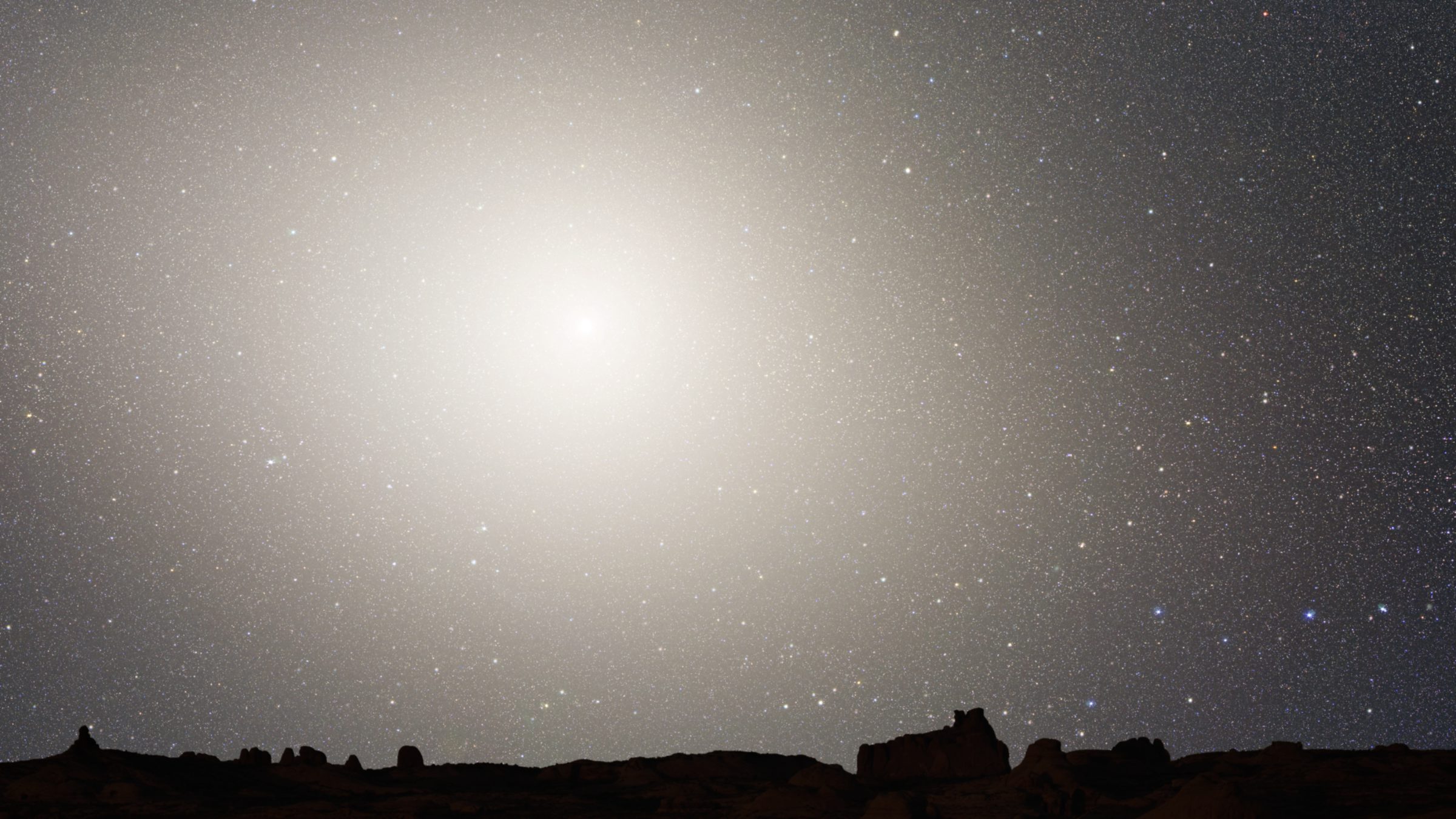
Let’s Go Beyond The Horizon
Every success in space exploration is the result of the community of space enthusiasts, like you, who believe it is important. You can help usher in the next great era of space exploration with your gift today.
Donate Today

 Explore Worlds
Explore Worlds Find Life
Find Life Defend Earth
Defend Earth

